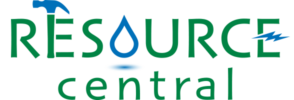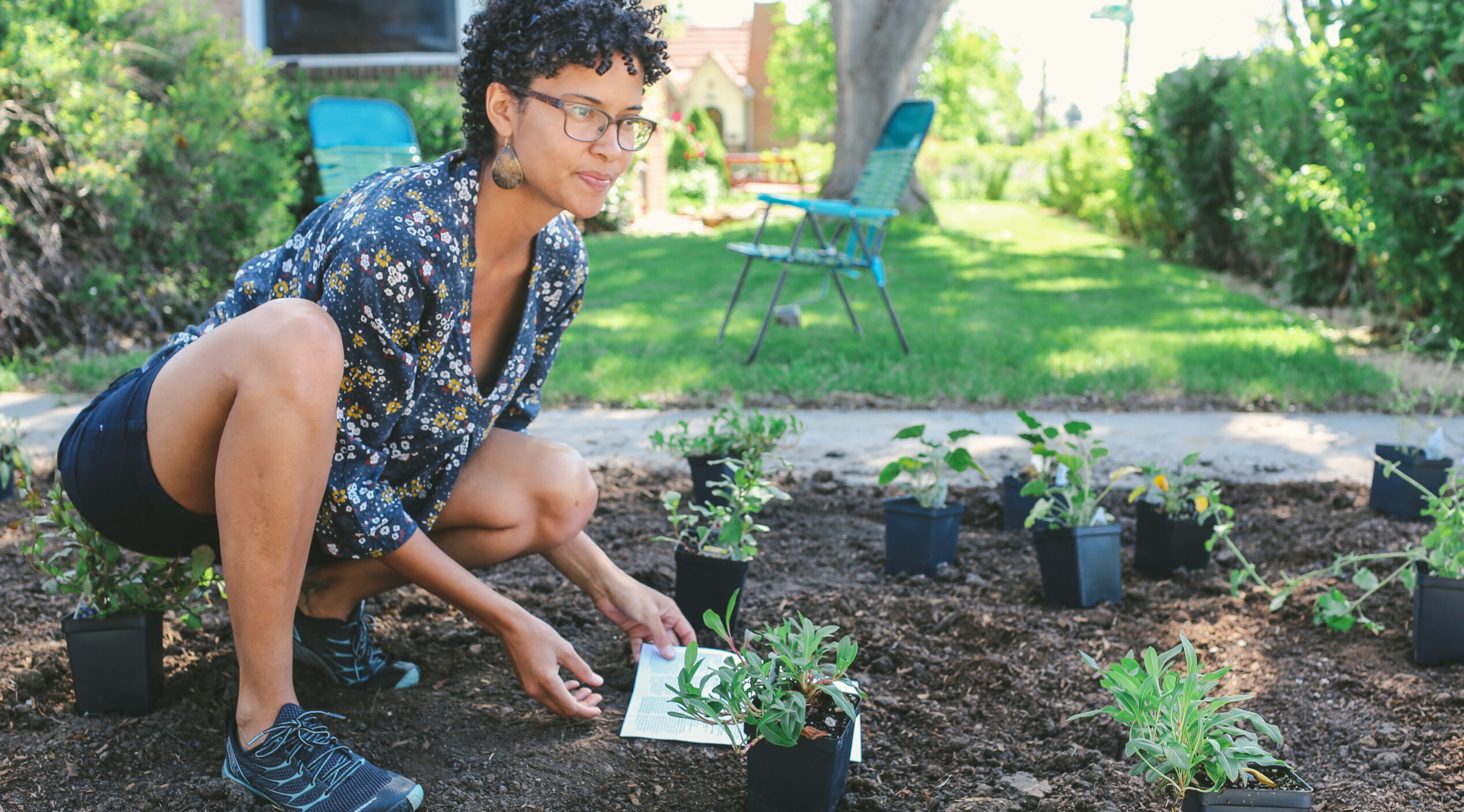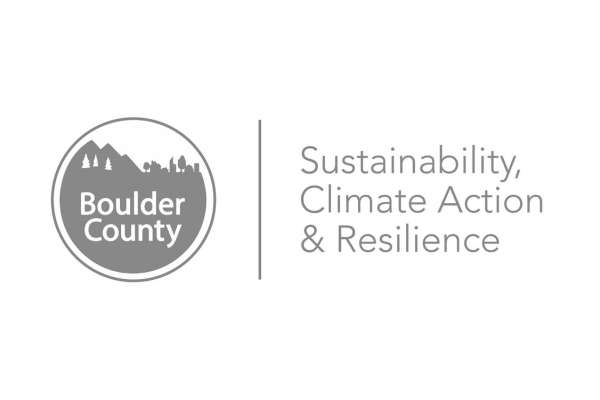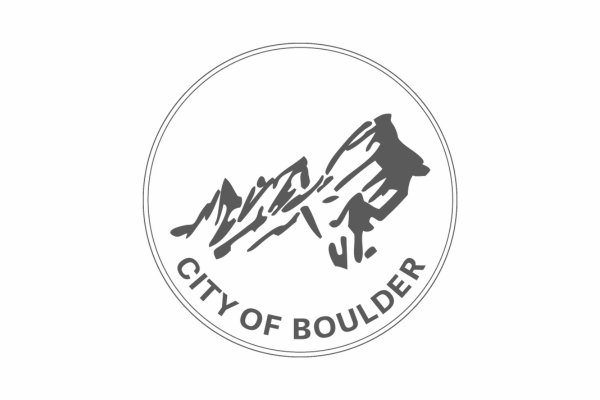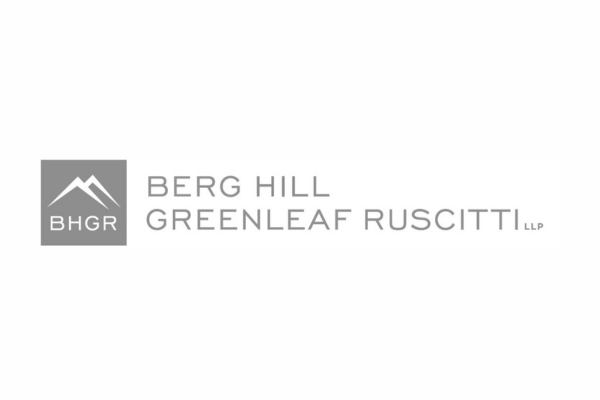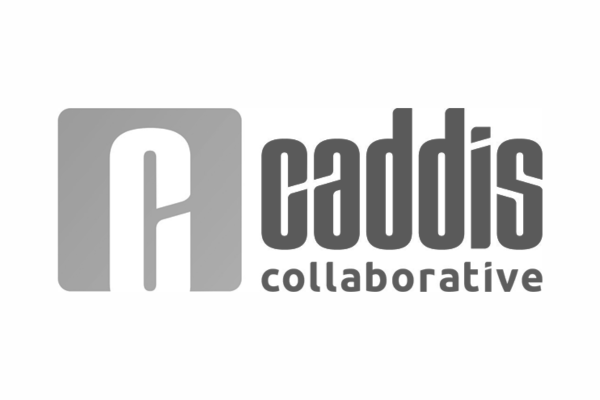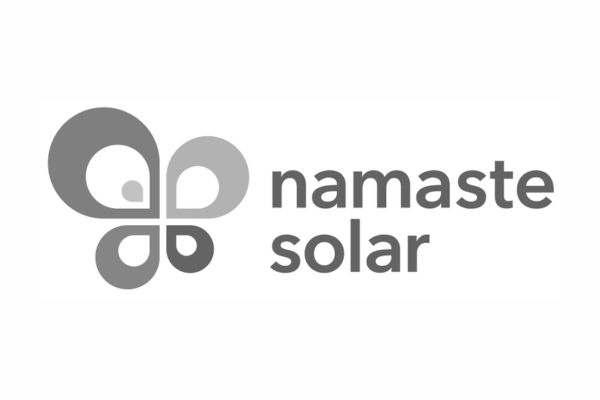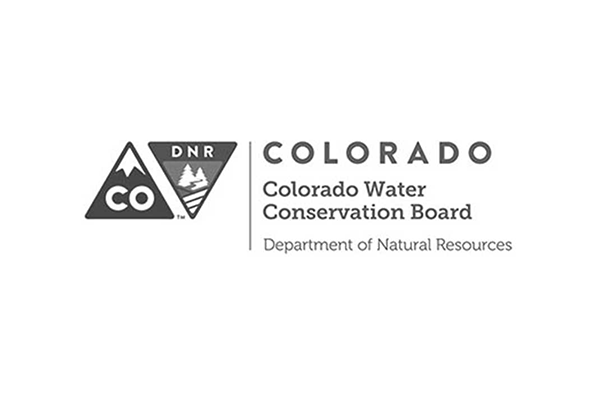We’re here to help get your garden area ready for planting your new Garden In A Box. Check out our tips below for insights on soil amendments, mulching, weeding, and more to optimize your garden’s success!
Location, Location, Location
Not sure where you’ll plant yet? Here are a few questions to ask yourself to get that perfect site:
- Is there an area of your yard that has unused grass? Grass is meant to be played on, walked on, and ran on by friends and family, including our 4 legged ones! A patch of grass that’s not used this way is a great candidate for your Garden In A Box.
- What’s the sun exposure? Your Garden In A Box kit has a sun exposure requirement listed on your Info Sheet. Be sure to take this into consideration when choosing your spot. For tips on determining the sun exposure of your space, check out our blog on the topic.
Lawn Removal
Hear from the experts on Resource Central’s Lawn Replacement team on their top 3 ways to remove a section of your lawn. Our #1 tip? Start small! No need to remove all of your grass in one season.
Soil Amendments
It’s safe to say we get the most questions about how to amend soil for Garden In A Box plants. While there are a lot of options for soil improvement, a few easy recommendations will get you on the right track.
What is a soil amendment?
A soil amendment is something added to your base soil to improve its quality. In general, improving soil means increasing the organic matter that’s available for plants and balancing the air and water flow. The most common type of soil in our gardens along the Front Range is clay. Clay consists of very fine particles that hold a lot of water but don’t allow for a lot of airflow. Improving this soil typically involves improving the drainage.
What soil amendment should I use?
One of the most common soil amendments to use is compost. Compost adds more organic material for the plants while also improving the drainage. The simplest way to add compost for a small sized garden area is to add it while you’re planting. When digging your planting hole, take the soil you’ve dug up and add 1/3 compost to your 2/3 original soil. Mix this together and use this new mixture to fill the planting hole.
Compost tea is another great organic soil amendment. Eco-Cycle (located in the same lot as our very own Reuse Facility at 6400 Arapahoe Rd. in Boulder) has their own product called Microbe Brew Tea that can be sprinkled over your lawn and garden beds.
Another option for amendment is inorganic material, most often small rock called squeegee which is smaller than pea gravel. Garden In A Box plants and any other low-water plants adapted to the Colorado climate benefit from well-draining soil and don’t need as much organic material as other plants. Inorganic rock mulch is a great option for this type of garden because it allows all of the water added to the garden to get to the plant roots, whereas organic material will soak up some of that water. To learn more about best practices for planting low-water or xeric plants, check out Denver Botanic Gardens’ Western Best Practices Guide.
Ultimately, either of these options will work great for your Garden In A Box plants, so the choice is yours depending on your priorities for your garden.
Mulch
Just like soil amendments, you can add either organic or inorganic mulch to your garden after planting. Wood mulch, of which there are many styles, is very commonly used as it will breakdown over time and slowly increase the organic matter of the soil. Rock mulch like squeegee or pea gravel can also be used, especially for low-water plants. For more info on the pros and cons of each mulch type, check out our mulch blog post.
Weeding & Landscape Fabric
Our recommendation here is as easy (and free) as can be. We do not recommend using weed fabric aka landscape fabric, weed tarp. Here are our reasons:
- Weed seeds are strong, pioneering, and will grow in ANYTHING. Using weed fabric may delay the growth of weeds for a couple of years but eventually they will grow on top of and between the weed fabric. This makes weeding way harder than it is without the fabric.
- If you’re using organic matter to amend your soil weed fabric will prevent the mulch from breaking down and adding those wanted organic goods into the soil. It also makes it harder for water to get down to where you want it to go; the plant roots, not running down the weed fabric like a slip ‘n’ slide.
- After a few years, weed fabric is a huge pain to try and remove. If you want to add or move any plants, trust us, you’ll wish you hadn’t added that pesky weed fabric.
Learn more about the pros and cons of landscape fabric from our blog post.
